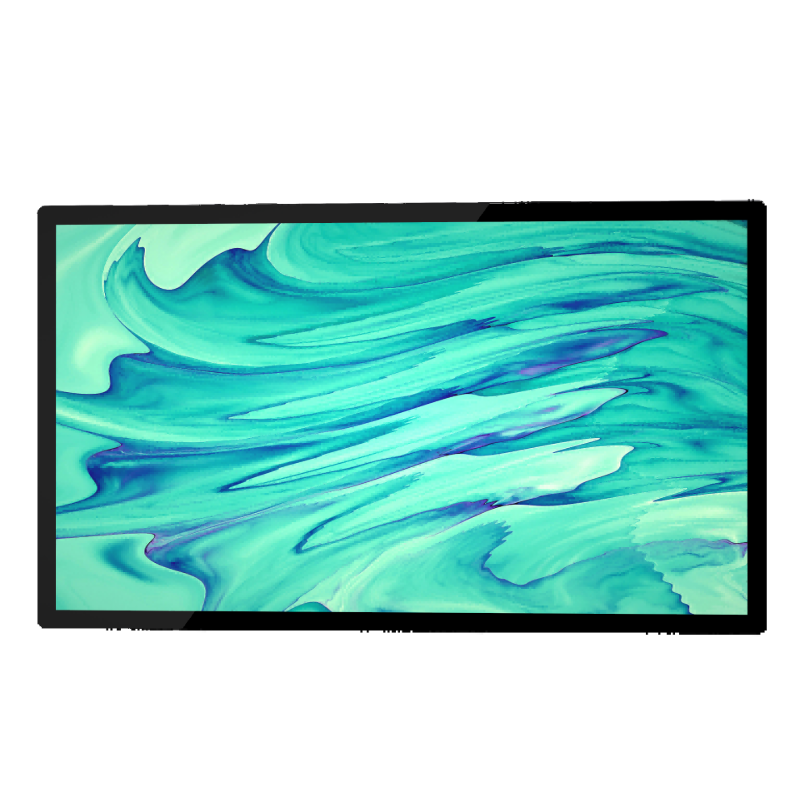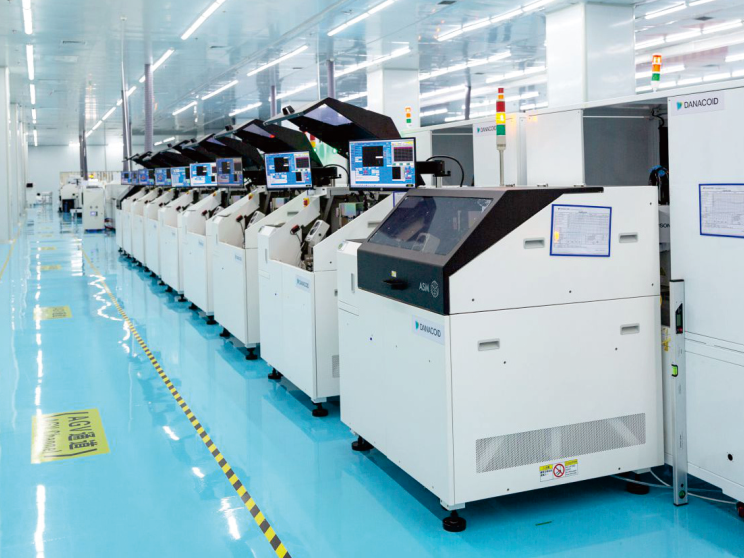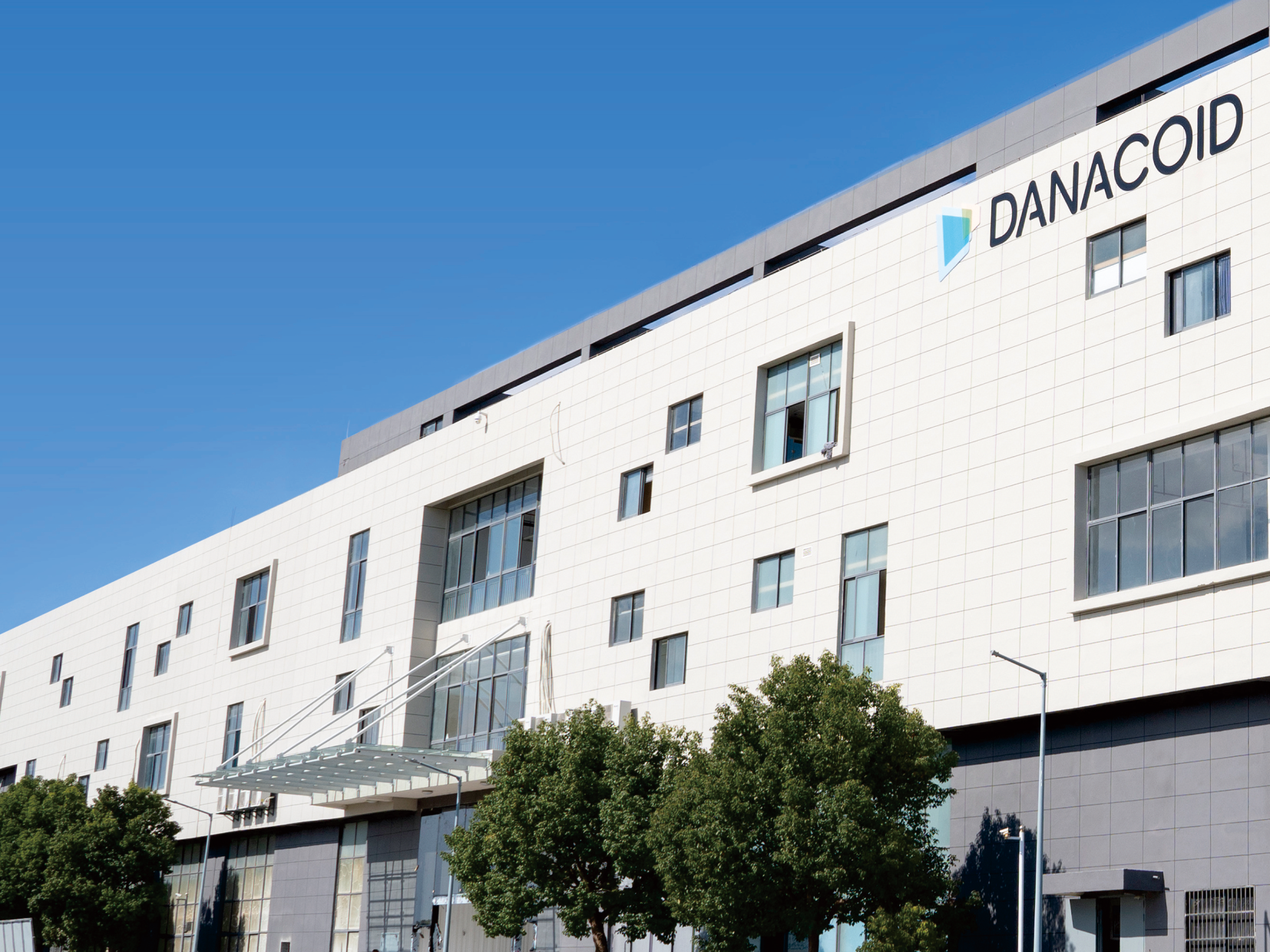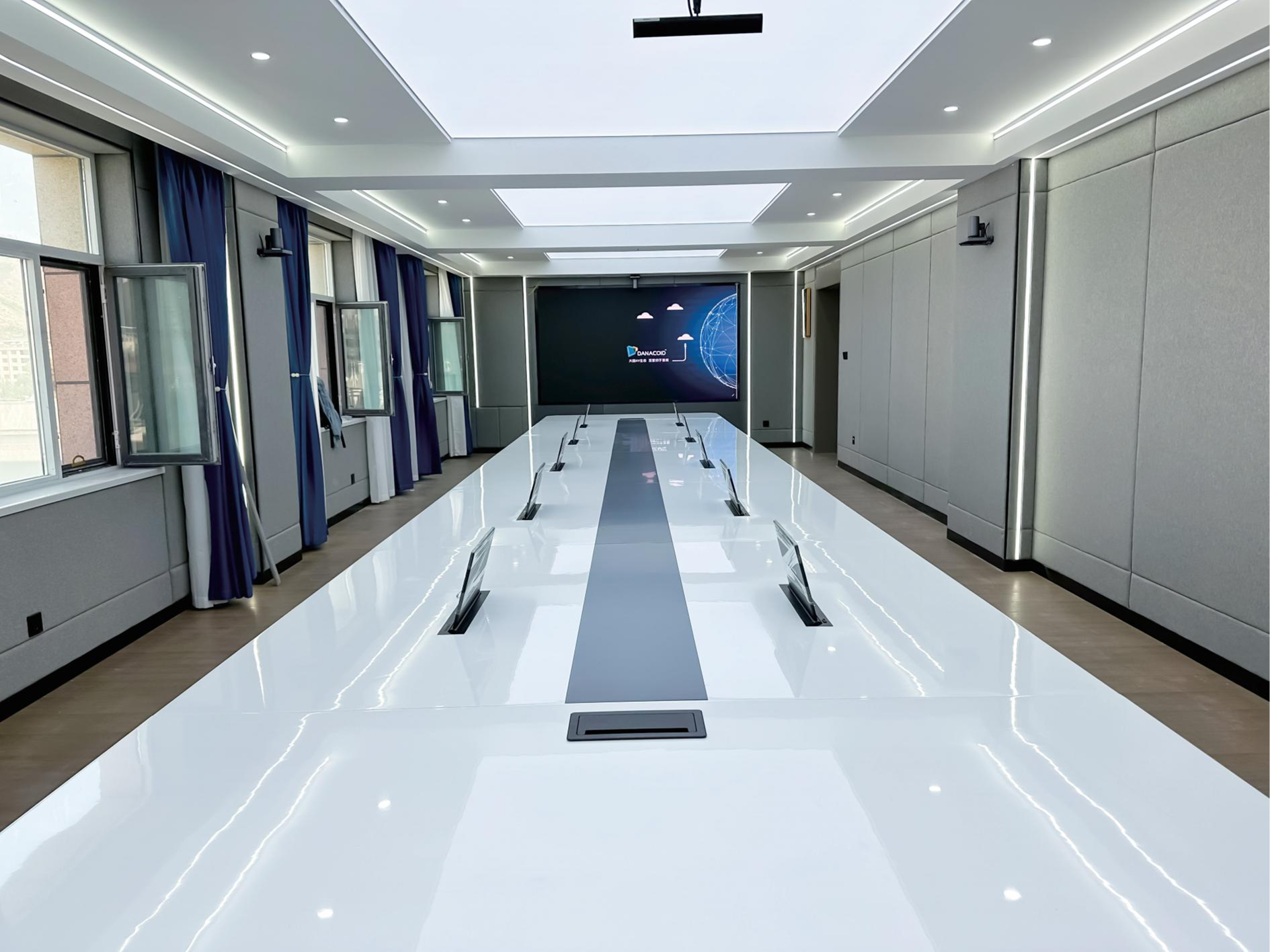In today's competitive marketplace, businesses face an important decision when choosing their primary display technology. The debate between full-color LED display solutions and traditional signage methods has intensified as digital transformation continues to reshape how companies communicate with their audiences. Understanding the key differences, advantages, and limitations of each approach is crucial for making an informed investment decision that aligns with your business objectives and budget constraints.

Traditional signage has served businesses reliably for decades, offering simplicity and familiarity. However, the emergence of advanced LED technology has created new possibilities for dynamic content delivery, enhanced visual impact, and improved return on investment. Modern display solutions provide unprecedented flexibility in content management, allowing businesses to adapt their messaging in real-time based on current market conditions, seasonal promotions, or specific audience demographics.
Visual Impact and Audience Engagement
Dynamic Content Capabilities
The most significant advantage of a full-color LED display lies in its ability to present dynamic, animated content that captures and maintains viewer attention. Unlike static traditional signs, LED displays can showcase moving graphics, video content, and real-time information updates that create memorable experiences for potential customers. This dynamic capability translates directly into improved brand recall and increased customer engagement rates.
Research indicates that digital displays generate significantly higher attention rates compared to traditional static signage. The human eye is naturally drawn to movement and changing visual elements, making LED displays particularly effective in high-traffic environments where competition for attention is intense. Additionally, the ability to schedule different content throughout the day allows businesses to tailor their messaging to specific time periods when different demographic groups are most likely to be present.
Color Reproduction and Brightness
Modern LED technology delivers superior color reproduction capabilities that far exceed what traditional printed signage can achieve. Full-color displays can reproduce millions of colors with exceptional accuracy, ensuring that brand colors remain consistent and vibrant under various lighting conditions. This color fidelity is particularly important for businesses where brand recognition and visual consistency play crucial roles in customer perception and loyalty.
Brightness levels represent another critical advantage of LED displays, especially in outdoor or high-ambient-light environments. While traditional signage can become difficult to read under bright sunlight or may require additional lighting for nighttime visibility, quality LED displays automatically adjust their brightness levels to maintain optimal readability throughout different times of day and weather conditions.
Cost Analysis and Return on Investment
Initial Investment Considerations
Traditional signage typically requires lower upfront investment costs, making it attractive for small businesses or organizations with limited budgets. However, this initial cost advantage must be weighed against the long-term operational expenses and limited functionality that characterize conventional signage solutions. The total cost of ownership calculation should include installation, maintenance, content updates, and replacement costs over the expected lifespan of the display system.
Full-color LED display systems require higher initial capital investment, but this cost is increasingly offset by declining LED prices and improved manufacturing efficiencies. When evaluating the true cost of ownership, businesses must consider the frequency of content updates, the ability to generate additional revenue through advertising opportunities, and the extended operational lifespan that quality LED displays typically provide.
Operational Efficiency and Maintenance
Traditional signage maintenance involves physical replacement of graphic elements, which incurs both material costs and labor expenses each time content needs updating. Over time, these recurring costs can accumulate significantly, particularly for businesses that frequently update their promotional messaging or seasonal offerings. Additionally, weather exposure can cause fading, warping, or damage to traditional materials, necessitating more frequent replacements.
LED displays offer superior operational efficiency through remote content management capabilities and reduced physical maintenance requirements. Content updates can be performed instantly from any location with internet connectivity, eliminating the need for on-site visits and physical material replacement. Modern LED systems also feature self-diagnostic capabilities that can alert operators to potential issues before they result in display failures, enabling proactive maintenance scheduling.
Flexibility and Content Management
Real-Time Content Updates
The ability to update content in real-time represents one of the most compelling advantages of full-color LED display technology. Businesses can respond immediately to changing market conditions, promote flash sales, display emergency information, or adjust messaging based on current events without any physical intervention. This responsiveness is particularly valuable in retail environments, transportation hubs, and corporate communications where timely information delivery is critical.
Content scheduling capabilities allow for sophisticated marketing strategies that optimize message delivery based on audience patterns and behaviors. For example, restaurants can display breakfast menus during morning hours, lunch specials during midday, and dinner promotions in the evening, all automatically without manual intervention. This level of automation reduces operational overhead while ensuring that messaging remains relevant and targeted.
Multi-Content Display Options
Advanced LED displays support multiple content formats simultaneously, including text, images, video, and live data feeds. This versatility enables businesses to create comprehensive information displays that serve multiple purposes within a single installation. Corporate environments might display company announcements, weather information, stock prices, and emergency alerts on the same screen using different zones or rotation schedules.
Integration capabilities with existing business systems further enhance the value proposition of LED displays. Point-of-sale systems can automatically update promotional content based on inventory levels, customer relationship management systems can trigger targeted messaging, and social media feeds can be incorporated to display real-time customer engagement content.
Environmental Considerations and Durability
Weather Resistance and Longevity
Outdoor applications require careful consideration of environmental factors that affect display longevity and performance. Traditional signage materials are susceptible to UV degradation, moisture damage, wind loading, and temperature fluctuations that can significantly impact appearance and structural integrity over time. Regular maintenance and eventual replacement become necessary as these environmental factors take their toll on conventional materials.
Quality full-color LED display systems are engineered to withstand harsh environmental conditions through robust construction and protective coatings. IP-rated enclosures provide protection against dust and moisture ingress, while thermal management systems ensure consistent performance across wide temperature ranges. The solid-state nature of LED technology eliminates moving parts that could fail due to vibration or mechanical stress.
Energy Efficiency and Sustainability
Energy consumption has become an increasingly important factor in display technology selection, both from cost and environmental responsibility perspectives. Traditional illuminated signage often relies on inefficient lighting technologies that consume significant power while generating excess heat. LED technology offers substantial energy savings through high luminous efficacy and intelligent brightness control systems that adjust power consumption based on ambient light conditions.
The longer operational lifespan of LED displays also contributes to environmental sustainability by reducing the frequency of replacement and associated waste generation. Modern LED displays can operate for 100,000 hours or more, representing decades of service life under typical usage patterns. This longevity, combined with recyclable components, makes LED technology an environmentally responsible choice for forward-thinking organizations.
Application-Specific Considerations
Retail and Commercial Environments
Retail environments benefit significantly from the dynamic capabilities and attention-grabbing characteristics of full-color LED display technology. The ability to showcase products through high-quality video content, display real-time pricing information, and create immersive brand experiences can directly impact sales performance and customer satisfaction. Interactive capabilities can be integrated to create engaging customer touchpoints that provide additional value beyond simple information display.
Traditional signage may still be appropriate for specific retail applications where simplicity, cost constraints, or aesthetic preferences favor static displays. Luxury brands might prefer elegant printed materials that convey exclusivity, while small retailers with stable product offerings might not require the dynamic capabilities that LED displays provide. The decision should align with overall brand strategy and customer expectations.
Corporate and Institutional Applications
Corporate environments increasingly rely on digital communication systems to disseminate information efficiently across large organizations. Full-color LED display installations in lobbies, conference rooms, and common areas serve multiple functions including visitor welcoming, employee communications, emergency notifications, and corporate branding. The professional appearance and reliability of modern LED displays enhance corporate image while providing practical communication benefits.
Educational institutions, healthcare facilities, and government buildings have unique requirements that often favor LED display technology. The ability to display emergency information, wayfinding assistance, and real-time updates serves important safety and operational functions. Integration with building management systems allows for coordinated responses to various situations while maintaining consistent information delivery across multiple display locations.
FAQ
What is the typical lifespan difference between LED displays and traditional signage
Full-color LED display systems typically operate for 80,000 to 100,000 hours, which translates to 15-20 years under normal usage conditions. Traditional signage materials vary widely in lifespan depending on environmental exposure and material quality, but most require replacement or refurbishment every 3-7 years due to fading, weather damage, or wear.
How do maintenance costs compare between the two technologies
Traditional signage requires regular physical maintenance including cleaning, repair of weather damage, and complete replacement for content updates. LED displays have higher initial costs but lower ongoing maintenance expenses due to remote content management, self-diagnostic capabilities, and weather-resistant construction that reduces the need for frequent interventions.
Can LED displays be cost-effective for small businesses
Small businesses can achieve cost-effectiveness with LED displays through improved customer engagement, reduced ongoing content update costs, and potential advertising revenue opportunities. The initial investment may be higher, but the ability to change messaging frequently without additional costs and the extended operational lifespan can provide favorable return on investment over time.
What factors should determine the choice between LED and traditional signage
Key decision factors include budget constraints, frequency of content updates needed, environmental conditions, desired visual impact, technical capabilities required, and long-term business objectives. Businesses requiring frequent message changes, operating in competitive environments, or seeking maximum visual impact typically benefit more from LED display technology, while organizations with static messaging and limited budgets might find traditional signage sufficient for their needs.









